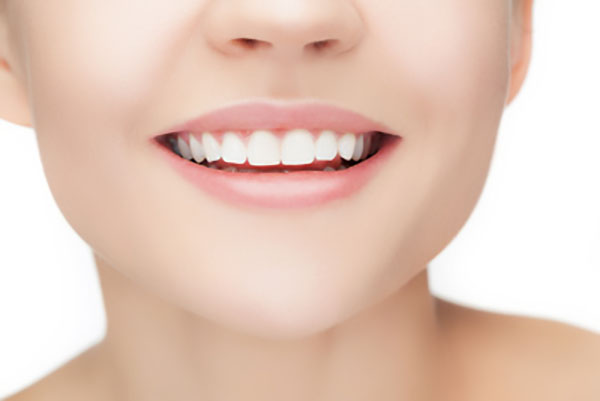Getting Inlays and Onlays in Cosmetic Dentistry

While cosmetic dentistry does aim to improve appearance, it also focuses on the function of the teeth. Cosmetic dentists often perform certain procedures that help enhance the teeth, while also ensuring that the procedure will benefit the tooth's health and functionality.
Inlays and onlays are two common types of fillings that work to improve appearance and function. Cosmetic dentists use these fillings to help restore a patient's tooth, while also ensuring that the tooth looks clean and healthy.
How cosmetic dentistry uses inlays and onlays
Both inlays and onlays are considered indirect fillings. This means that they are created outside of the mouth, as opposed to a traditional dental filling that is put directly into the tooth during the procedure. Typically, a dental lab will fabricate inlays and onlays in a dental lab. Then, the cosmetic dentist will bond it to the tooth that is in bad shape.
Cosmetic dentists often recommend inlays and onlays for patients that have moderate damage. Damages include minor staining, small chips or cavities. Additionally, it is good to know that inlays and onlays are used primarily for molars. Molars often require a traditional filling or a dental crown when they are in bad shape. Cosmetic dentistry tends to use inlays and onlays because they are a nice in-between of the two.
When an inlay or onlay is used in cosmetic dentistry, it is likely that there will be two to three appointments required. The first appointment allows the dentist to remove any decayed areas within the cusps or directly on the cusps. Then, impressions can be made so that the dental lab can custom make the indirect filling. The patient will return to their cosmetic dentist for placement of the inlay or onlay. After a few weeks of recovery, the cosmetic dentist may recommend a follow-up appointment to ensure that the tooth is adapting well to the filling.
Inlays in cosmetic dentistry
Cosmetic dentists use inlays to help patients achieve better form and function of their back teeth. Inlays are used in cosmetic dentistry for treating problems within the small cusps of a molar. When there is a stain or infected area in between the cusps of a molar, the cosmetic dentist will recommend an inlay filling.
Onlays in cosmetic dentistry
Onlays are the other type of indirect filling that cosmetic dentists tend to recommend. They are used when the molar requires treatment on one or more of the cusps. Damage tends to occur on the cusps, more often than not. This because the cusps are raised and they are responsible for chewing and grinding foods. Additionally, those that grind their teeth at night, will experience extra wear and tear on the cups since the top arch meets up with the bottom arch through the cusps.
Get started today!
Want to learn more about inlays and onlays in cosmetic dentistry? Reach out today to learn more, ask questions, go over concerns or get started with the process. Our cosmetic dentistry team is here to help!
Request an appointment here: https://www.yourfamilysmiles.com or call Family Dental Care of Chicago at (773) 250-1194 for an appointment in our Chicago office.
Check out what others are saying about our services on Yelp: Read our Yelp reviews.
Recent Posts
Dental veneers allow individuals with cosmetic imperfections and abnormalities to improve their teeth, which leads to an enhanced smile. They have become one of the most popular treatment options, as the procedure is relatively straightforward with little to no discomfort. Additionally, veneers are long-lasting and look very natural, thus making it difficult to detect the…
Teeth whitening can help you achieve a brighter smile. However, maintaining it requires diligent aftercare. Teeth whitening can provide noticeable results, but without proper care, the effects may be short-lived and fade prematurely. The following simple steps can help keep your teeth shining while protecting the investment you made in professional whitening treatment.Consistent oral hygiene…
For dental emergencies, people can go to an emergency dentist or an emergency room. However, several things should be considered before deciding where to seek medical help. Just like any other medical emergency, dental emergencies also require different levels of care. This depends on their severity. The ideal place to go for treatment when you…
Wondering if you should choose dental implants to replace your missing teeth? Even if you are just missing one of your teeth, you need to find a tooth replacement option as soon as possible. A healthy mouth is one that has a full set of teeth so the sooner you find a replacement option that…


